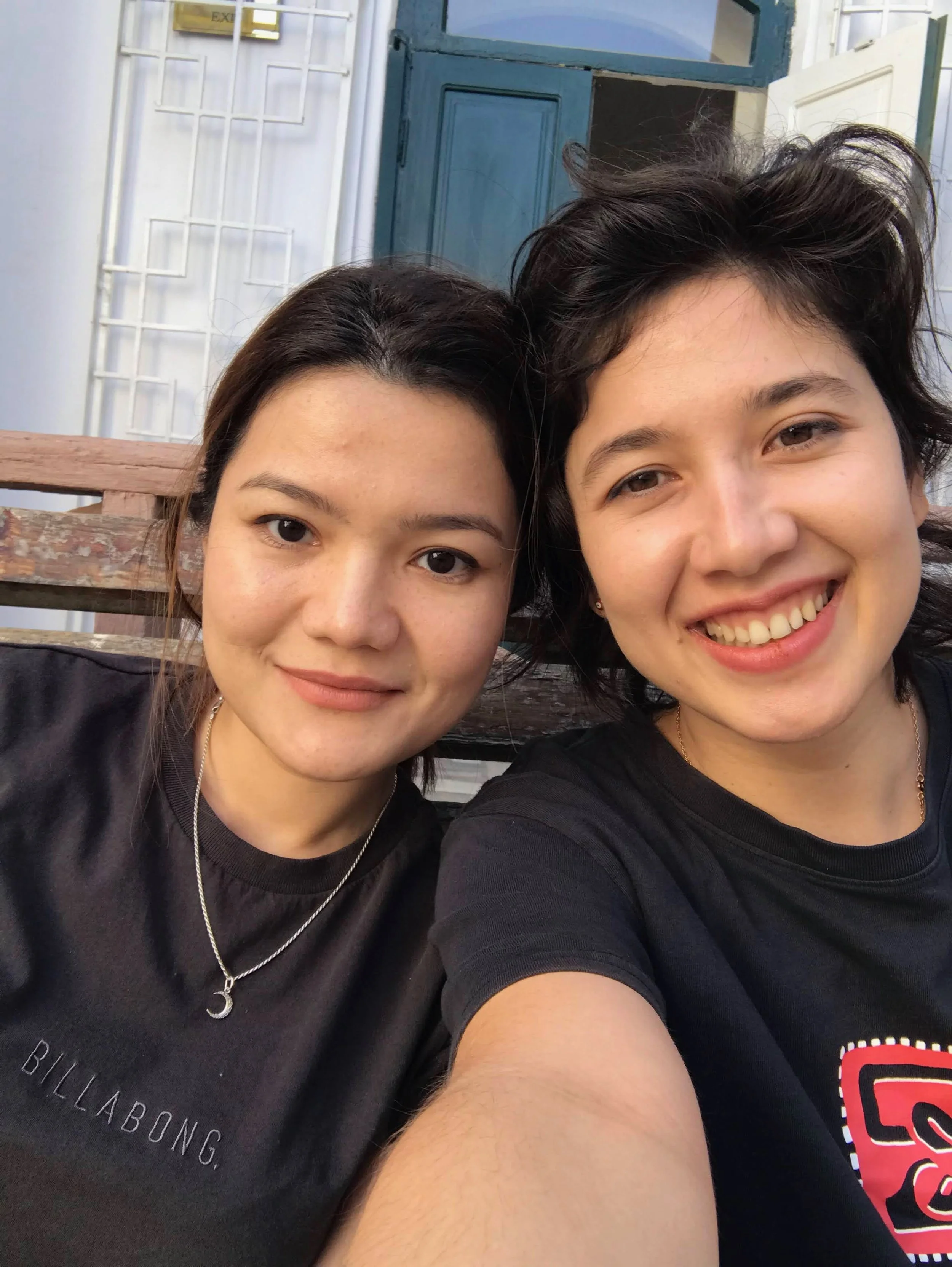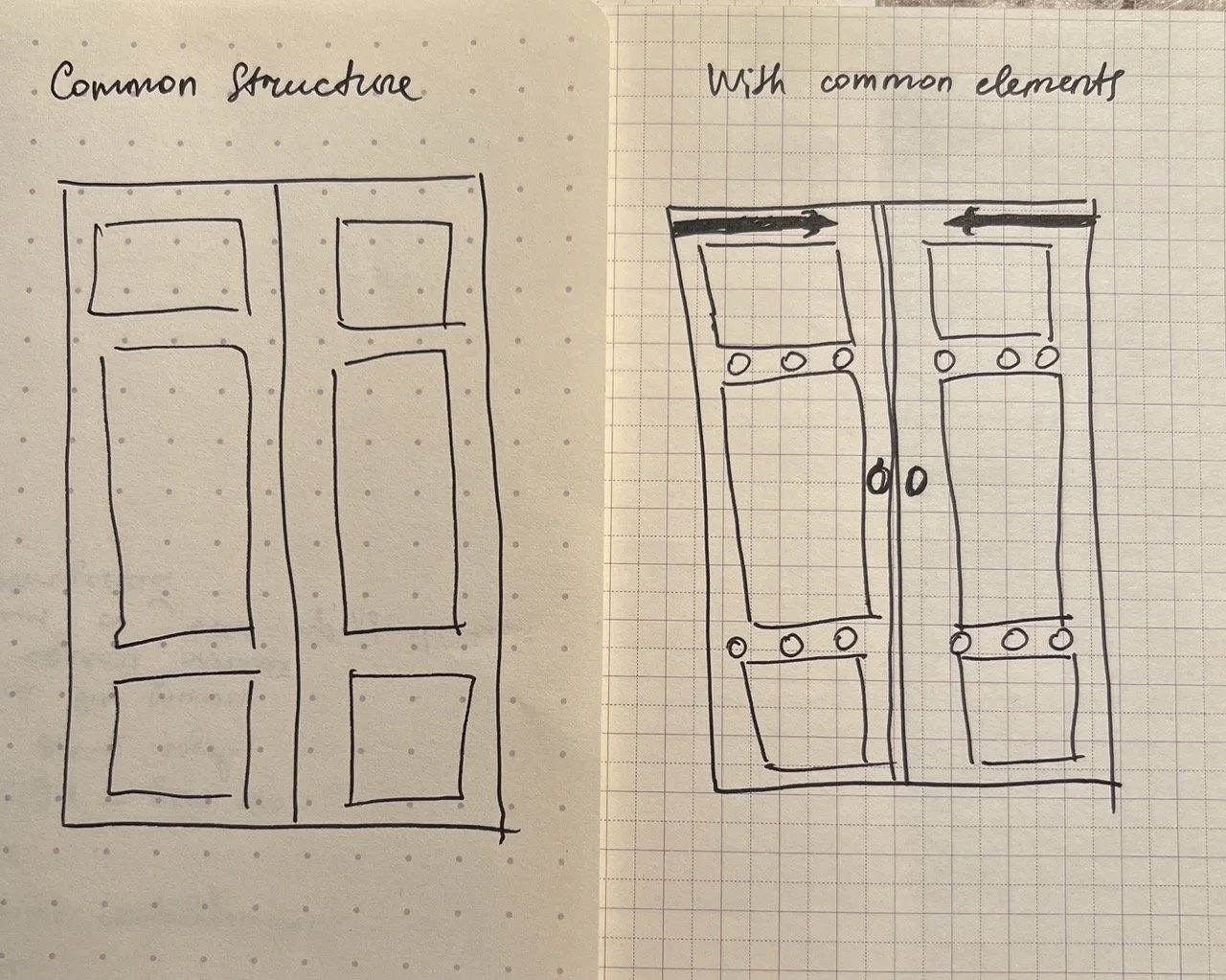Mysterious Doors of Old Bukhara
Bukhara is a city of too-sugary porridge for breakfast and thin layered patir, melting in your mouth for dinner. (Real patir, not like the one in Tashkent). By the way, it’s pronounced as fatir in Samarkand. Recently, while I was listening to a podcast called “A Little Bit of Arabic”, I learned that this word originates from the Arabicفَطيرة (fatira), which means pastry. So, the Samarkandian pronunciation is actually the most accurate.
In 2022, one of my biggest dreams to visit Bukhara came true. Me and my friend, Gulnur, bought Uzbekistan Airways tickets, hopped on a plane and landed at Bukhara for several days. I was on a business trip and she was working remotely. It was the month of Ramadan, and we fasted together. I have been fasting since 2017. I wasn’t sure if Gulnur was going to fast, but my heart wanted her to fast too. And she did, for which I was very happy. I like the hassle of fasting: preparations, gatherings and dinners with someone close.
The Komil Boutique Hotel
We stayed in the beautiful Komil Boutique hotel, full of history. The layout was common as far as old Bukharan houses go: an outer courtyard for males and inner courtyard for female members of a family. Windows rarely looked out into the street so as to maintain the privacy of households.
The walls of the hotel’s breakfast room have remained unchanged since the beginning of the 20th century. By looking at the elaborate, wavy designs even on something as ordinary as window glass frames, one can see that the Bukharans of the past were far from minimalism. Ornamental elements can be traced even in the smallest details. Meanwhile, people today tend to prefer simplicity — plain T-shirts from Uniqlo, plain walls, and minimal forms. It makes me wonder whether this shift toward minimalism is connected to the faster pace of life brought about by technology, or simply because we rush and no longer give ourselves fully to the details.
In one of the courtyards — left unchanged since the beginning of the 20th century — you can see rooms preserved with their original interiors, one even featuring a heater in the corner, popularly known as a Dutch (or Holland) furnace. A small garden in the middle has only grapevines. Bukhara was not known for agriculture but for its trade. Perhaps this was why the Emirate of Bukhara was one of the wealthiest in the past. And probably, because of its prosperous economy, Bukhara gave rise to many prominent scholars, thinkers, and philosophers of all time.
Early Days in Bukhara
In the mornings we did suhoor with the hotel's owner and a boy from the front desk. In the evenings we would lay a table on “chorpoya” (a four-legged national furniture to sit), with the dishes bought from local chaykhanas or a nearby restaurant “Ayvan”.
One sunny, peaceful day, I took my book and went to the oldest courtyard. I sat down on the wooden stairs and started reading when a sudden gust of wind interrupted me. It carried cold air from the nearby storeroom, whose door was open. The air felt ancient — as if it had been trapped there since old times.
Life in Bukhara felt like another world to us: Farsi songs playing on the radio in a taxi cab, taxi drivers not using Google maps, admitting not to know street names, but boasting with their intuition.
I loved Bukhara’s old town with its narrow, imperfect streets, with some very old doors and occasional ruins of old mansions.
Some walls and doors are left sinking into the ground as the renovated pavements rise. Some doors are eaten up by time, their facade is scaling up, wood is cracking. Most of them need restoration. What I did not like was the new blue plastic number plates, ruining the aura of the ancient doors.
Door Structure
Doors of old Bukhara share common elements and colours, adding character to the city. They consist of two equal slabs. The space is divided into three by horizontal rails, with the centre taking up around half of the total perimeter of a slab. In between horizontal rails of divisions there are round-shaped half spheres, adding to the design of doors. Why, I don’t know. But most likely, this style was influenced by other cultures or a wealthy person’s home. Another prominent element of the Bukhara’s doors is a round heavy metal ring for the door knob. As for the carving patterns, most are geometric figures intertwining harmoniously.
Door-Inspired Art
Love for Bukhara runs deep in our family. My mother spent a short period of time in Bukhara when she was young and she has fond memories of this place. My brother is an artist and Bukhara inspires him to get his pen and draw its mysterious doors. Here are some of his drawings:
Ending Note
Minorai Kalon Mosque was one of the most memorable landmarks of Bukhara. I had not expected to see its tower at night in such a glory, with its warm-shaded light. I was subconsciously envious of Bukhara’s men, who came at all hours of the night to pray Taraweeh during the blessed month of Ramadan.















